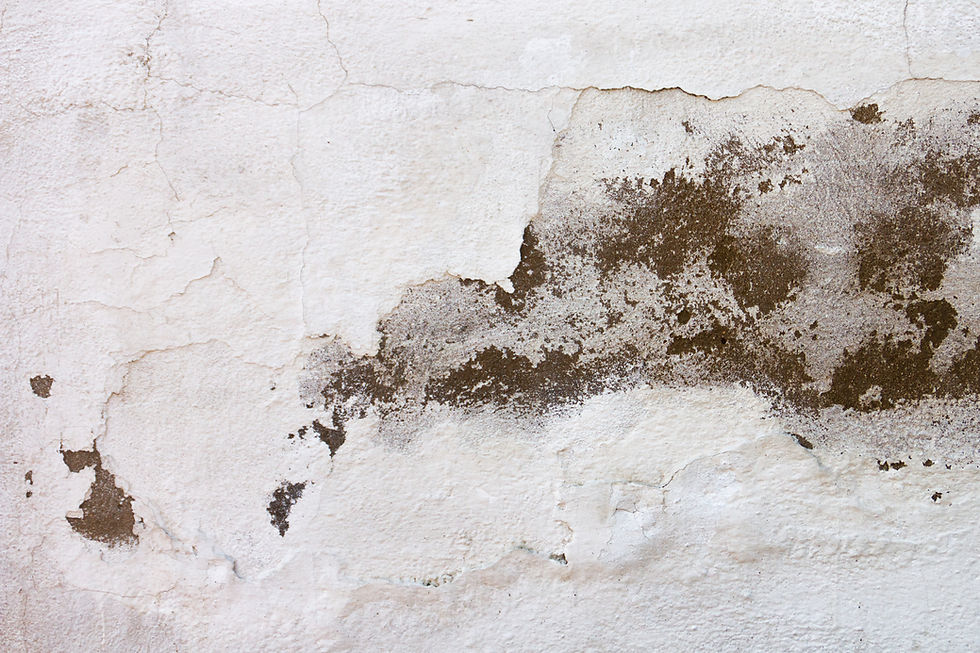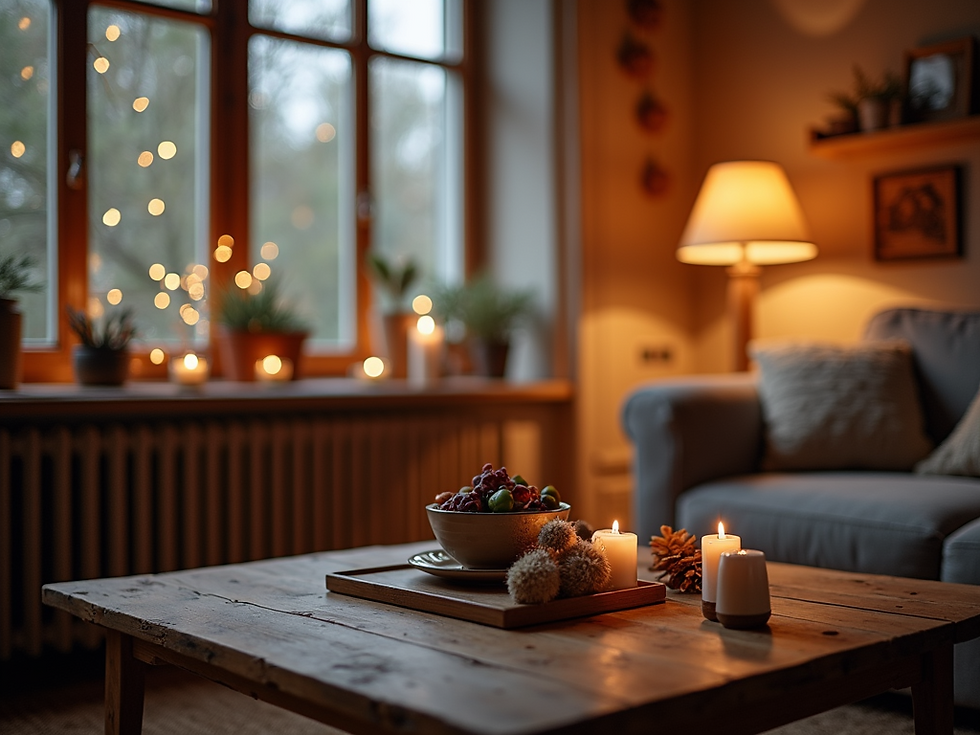The Importance of Using Primer Before Painting Walls
- A& B Trade Paint

- Sep 19
- 4 min read
Painting walls is a popular way to refresh and transform any space. However, many people overlook a crucial step that can make a significant difference in the final result - using primer paint. Primer paint acts as a preparatory coat that ensures better adhesion, durability, and finish of the topcoat. In this article, we will explore why primer paint is essential, how it works, and what happens if you skip it.
Why Primer Paint is Essential for Walls
Primer paint serves as a foundation for your wall paint. It prepares the surface by sealing porous materials, blocking stains, and creating a uniform base. This helps the paint stick better and last longer. Here are some key reasons why primer paint is important:
Improves Adhesion: Primer creates a surface that the paint can grip onto, preventing peeling and flaking.
Seals Porous Surfaces: Walls made of drywall, plaster, or wood can absorb paint unevenly. Primer seals these surfaces to avoid blotchy finishes.
Blocks Stains and Odours: Primer can cover water stains, smoke damage, and other marks that might bleed through the paint.
Enhances Colour: Using primer ensures the true colour of your paint shows through without being affected by the wall’s original colour.
Saves Money: By improving paint coverage, primer reduces the number of paint coats needed.
Using a quality primer paint for walls is a smart investment that pays off in the long run with a professional-looking finish.

How to Choose the Right Primer Paint
Selecting the right primer paint depends on the type of wall surface and the paint you plan to use. Here are some tips to help you choose:
Identify the Surface: Different surfaces require different primers. For example, wood, drywall, metal, and masonry each have specific primers designed for optimal adhesion.
Consider the Paint Type: If you are using oil-based paint, an oil-based primer is usually best. For water-based paints, a water-based primer is suitable.
Look for Stain-Blocking Properties: If your walls have stains or marks, choose a primer with stain-blocking capabilities.
Check Drying Time: Some primers dry faster than others, which can speed up your project.
Read Reviews and Recommendations: Trusted brands and products with positive feedback often deliver better results.
Applying primer paint correctly is just as important as choosing the right one. Make sure the wall is clean, dry, and free of dust before starting. Use a brush or roller to apply an even coat and allow it to dry fully before painting.

What happens if I paint without a primer?
Skipping primer paint might seem like a time-saver, but it can lead to several problems that affect the quality and longevity of your paint job:
Poor Adhesion: Paint may not stick well, leading to peeling and flaking over time.
Uneven Finish: Without primer, paint can soak into porous surfaces unevenly, causing blotchy or patchy areas.
Visible Stains: Stains and marks on the wall can bleed through the paint, ruining the appearance.
Increased Paint Usage: More coats of paint may be needed to cover the surface properly, increasing costs.
Reduced Durability: Paint without primer is more susceptible to damage from moisture, dirt, and wear.
For example, painting over a bare drywall without primer often results in a patchy finish because the drywall absorbs paint unevenly. Similarly, painting over a wall with water stains without primer can cause the stains to reappear through the new paint.
Using primer paint ensures a smooth, even, and long-lasting finish that protects your walls and enhances the overall look.

Practical Tips for Applying Primer Paint
To get the best results from your primer paint, follow these practical tips:
Prepare the Surface: Clean the walls thoroughly to remove dust, grease, and loose paint. Repair any cracks or holes.
Use the Right Tools: Use a high-quality brush or roller suitable for the primer type and surface.
Apply Evenly: Spread the primer in thin, even coats to avoid drips and uneven coverage.
Allow Proper Drying Time: Follow the manufacturer’s instructions for drying times before applying the topcoat.
Ventilate the Area: Ensure good airflow to help the primer dry faster and reduce fumes.
Use Multiple Coats if Needed: For heavily stained or porous surfaces, a second coat of primer may be necessary.
By following these steps, you can ensure your walls are perfectly primed and ready for painting.
Enhancing Your Painting Project with Primer Paint
Using primer paint is not just about preparation - it also enhances the overall painting experience and outcome. Here are some benefits you can expect:
Saves Time: Primer reduces the number of paint coats needed, speeding up the project.
Improves Paint Durability: Primer helps paint resist chipping, cracking, and fading.
Provides a Professional Finish: Walls look smooth, even, and vibrant.
Protects Walls: Primer adds a protective layer that can prevent moisture damage and stains.
Increases Property Value: Well-painted walls improve the aesthetic appeal and value of your home or office.
Investing in a good primer paint is a small step that makes a big difference in the quality and longevity of your paint job.
Using primer paint before painting walls is a crucial step that should never be overlooked. It ensures better adhesion, a smoother finish, and longer-lasting results. Whether you are painting a new wall or repainting an old one, applying primer paint is a smart choice that saves time, money, and effort in the long run. For the best results, choose the right primer for your surface and follow proper application techniques. Your walls will thank you with a beautiful, durable finish that stands the test of time.




Comments